Agile templates are predefined frameworks that assist agile teams in implementing and managing agile methodologies. These templates provide a standardized approach to planning, tracking, and executing agile processes.
Agile templates provide structure, consistency, and efficiency in various aspects of project management. They contribute to improved communication, collaboration, and transparency.
This guide will define agile project management, discuss the benefits of using agile templates, and highlight the best project management templates for your organization.
What is agile project management?
Agile project management is an iterative approach software development teams use to enable continuous improvement throughout the project life cycle. By breaking down a project into incremental, more manageable phases called sprints, adaptability and speed increase.
Agile project management has twelve core principles, summarized by four agile values:
- Individuals and interactions over processes and tools
- Working software over comprehensive project documentation
- Customer collaboration over contract negotiation
- Responding to change by following a plan
Agile teams obtain total customer satisfaction by frequently delivering high-quality, working software. This requires the collaboration of all stakeholders—the customer, the development team, and the project manager.
Benefits of using agile templates
Agile project management templates offer several benefits.
Templates provide standardized documentation, which makes it easier for team members to understand and follow processes across different projects.
Agile templates also streamline projects with a predefined structure for everyday tasks. This allows teams to focus on delivering value instead of administrative tasks.
An agile template has structure along with flexibility. This flexibility allows teams to customize the template to each project's specific needs, making it easier to adapt to changing requirements or methodologies.
Agile templates include space to reflect on lessons learned, which fosters a culture of continuous improvement. With each iteration, teams can identify areas for improvement and implement changes.
10 best agile templates for project management
Workflow automation software can significantly enhance efficiency and collaboration. Agile templates can remove manual, repetitive tasks while minimizing human error. Optimized Agile workflows help streamline business processes to improve productivity.
With Jira Software, the #1 agile project management tool, teams can confidently plan, track, release, and support their software. Despite the project's complexity, Jira Software helps teams move fast, stay aligned, and build better.
With templates from Jira Service Management, you can quickly receive, track, manage, and resolve customer requests, ensuring you continue to deliver high-quality service and support.
Best for task tracking: Kanban board template
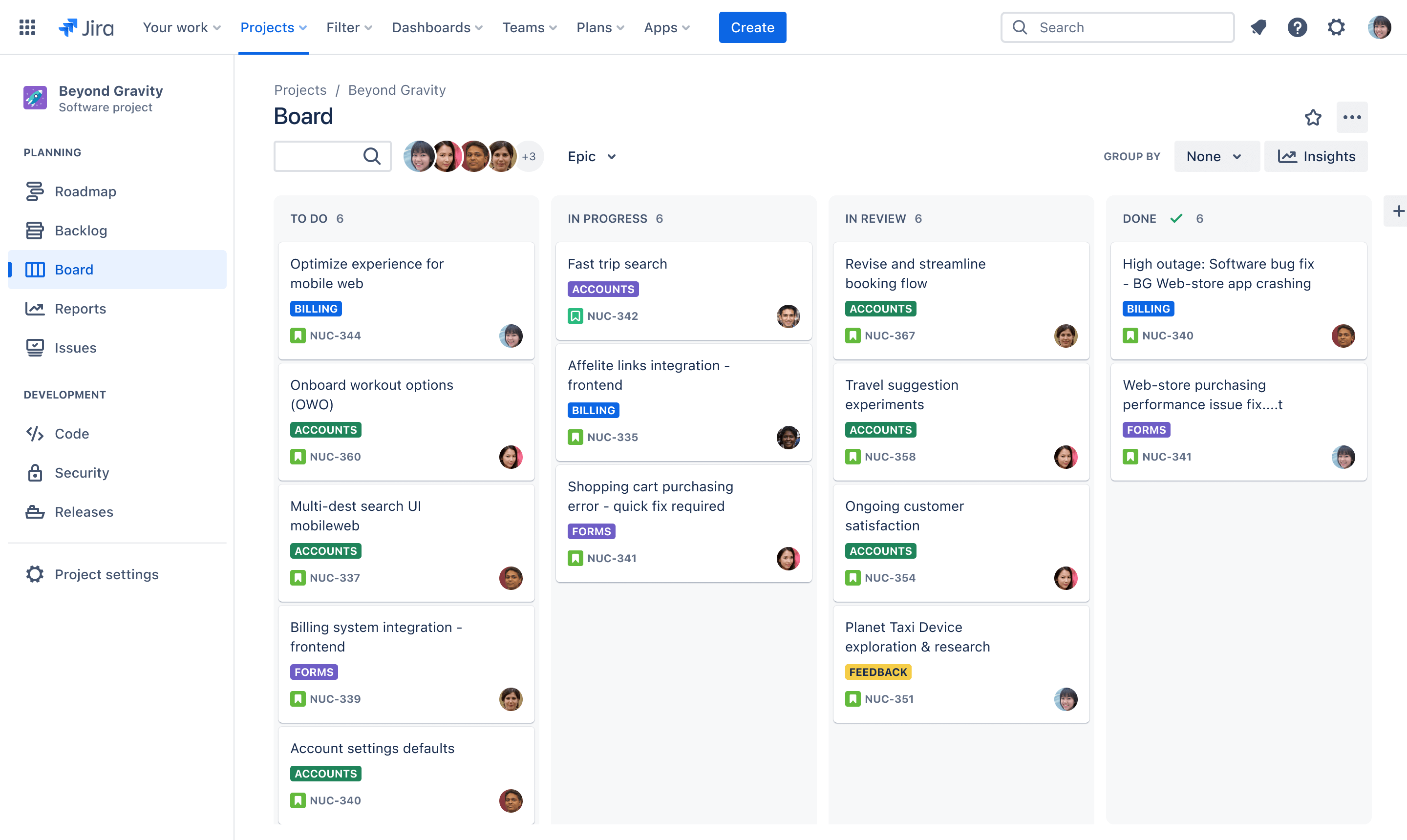
A Kanban board template is a predefined framework that helps teams set up their work using the Kanban methodology. This approach focuses on visualizing work, limiting work in progress, and maximizing flow. Kanban boards visually represent work items as they move through various project stages.
Best for project timelines: Gantt chart template
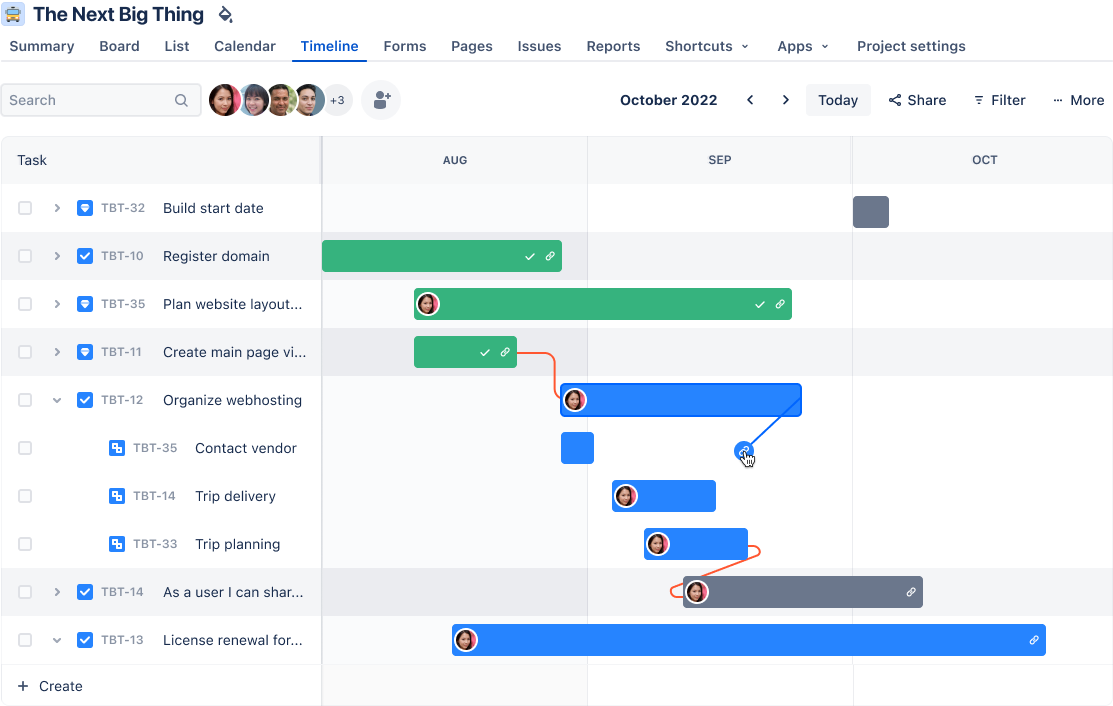
A Gantt chart template is a framework used to create Gantt charts, a project management tool that visually represents project schedules, tasks, and timelines. Gantt charts provide a timeline view of a project, breaking it down into tasks, milestones, and dependencies. Teams use these charts for planning, tracking progress, and communicating project schedules to team members and stakeholders.
Best for task prioritization: Product backlog template
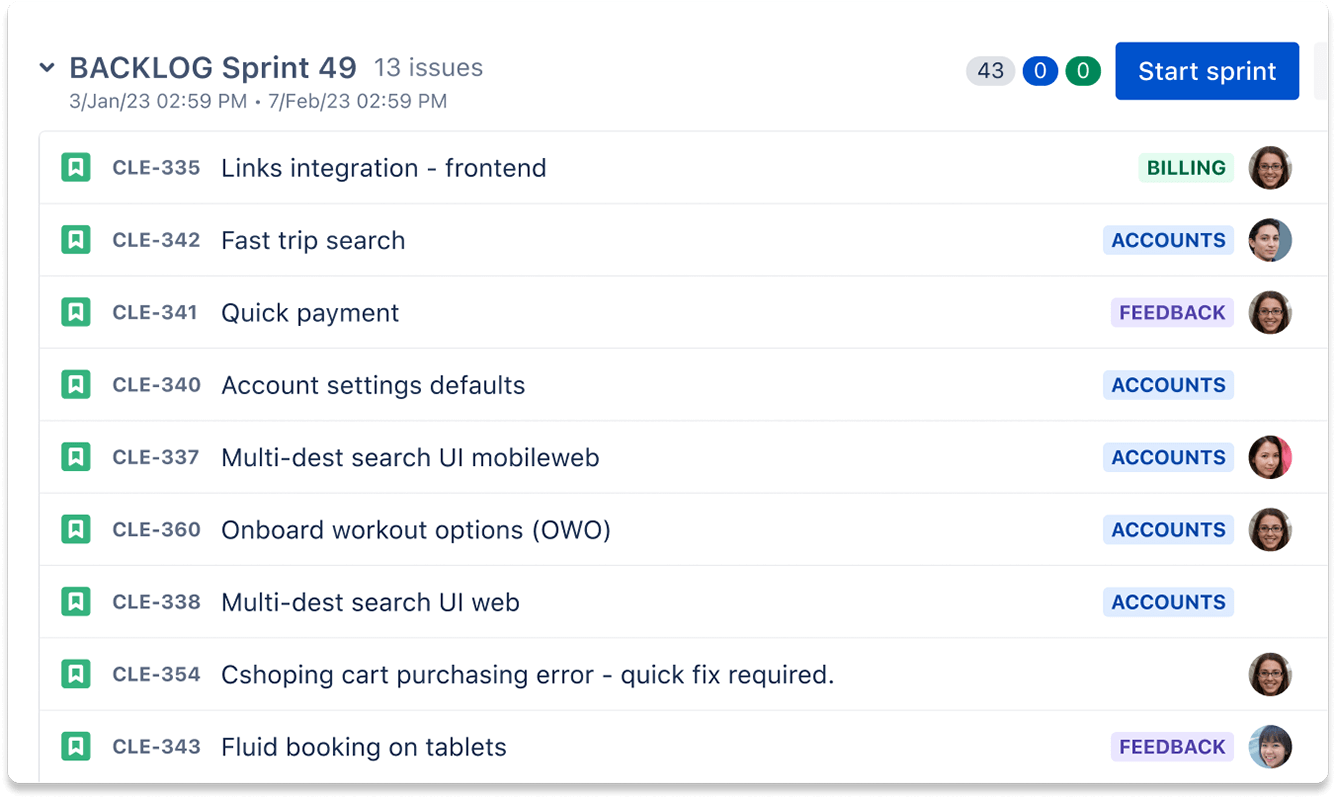
Task prioritization is a crucial aspect of product development. A product backlog template helps product managers and teams organize, prioritize, and manage the feature lists, enhancements, and tasks that need attention.
Best for strategic product planning: Product strategy template
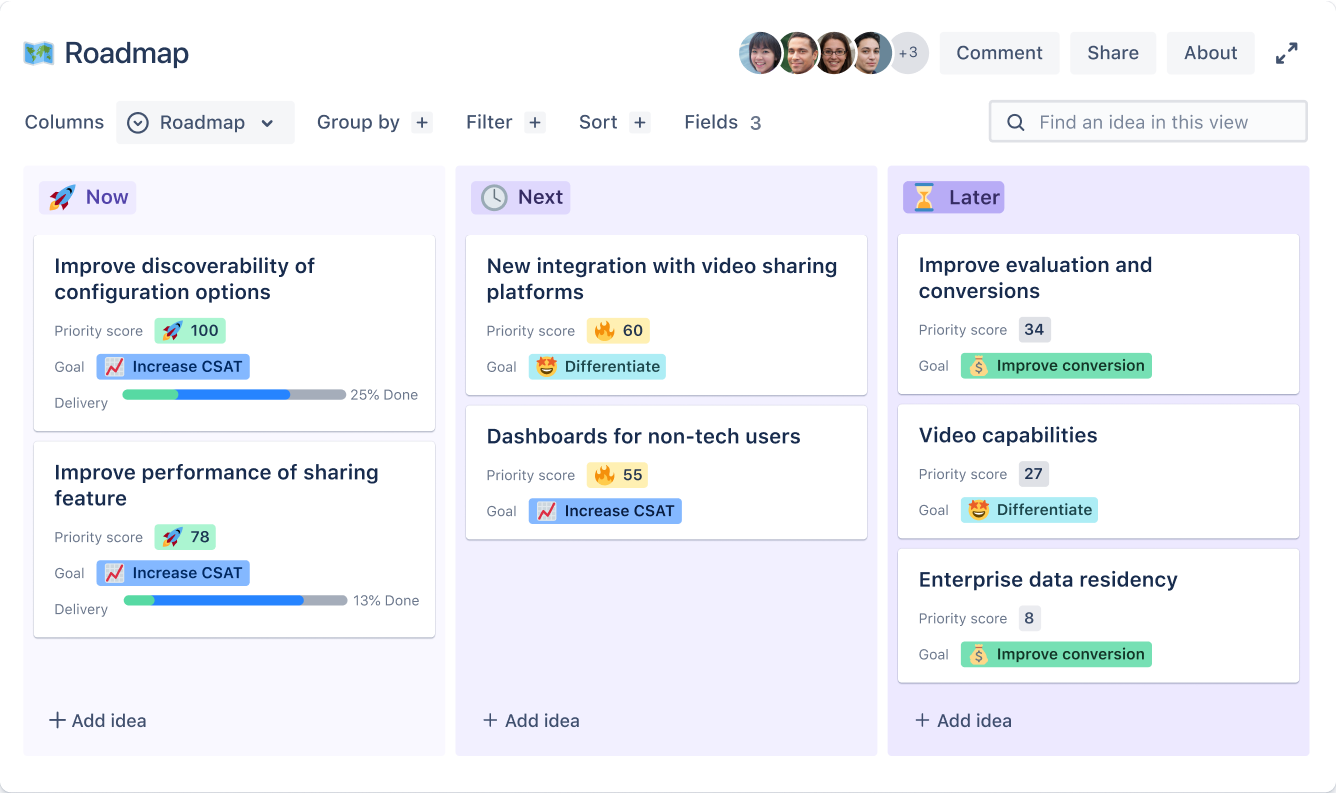
A product strategy template is a comprehensive guide for strategic product planning. It provides a structured framework for decision-making, alignment, and communication. It helps teams articulate and execute a well-defined strategy, leading to more successful product development.
Best for coordinating teams: Product development template
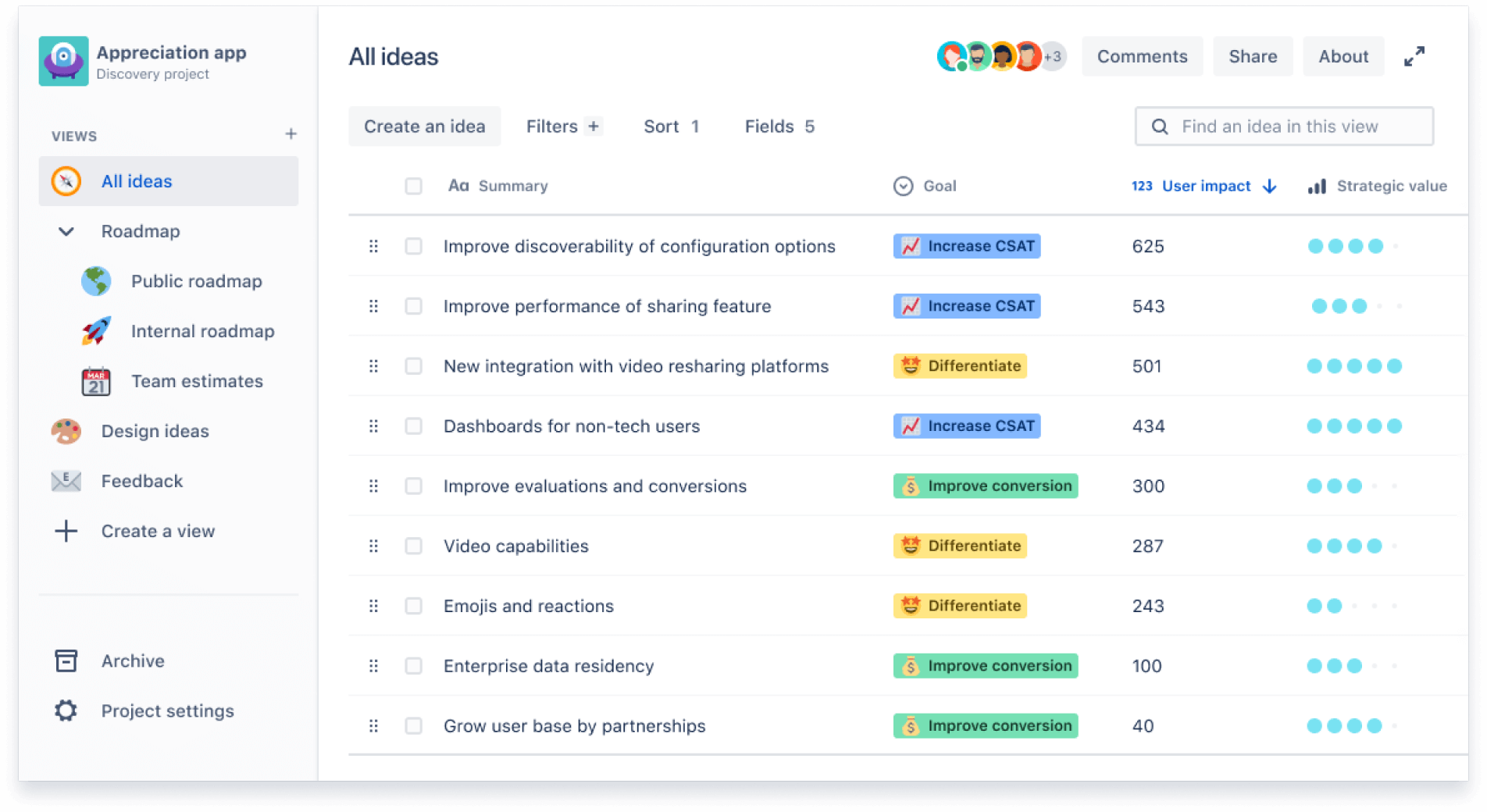
A product development template enhances team visibility and coordination by providing a standardized structure and promoting clear communication. It simplifies the product development process with straightforward, replicable steps to ensure consistency among cross-functional teams.
Best for streamlined collaboration: Agile project plan template

An agile project plan template is a collaborative tool that fosters transparency, alignment, and effective communication within agile teams. It provides a structured framework for planning, tracking, and adapting to change, contributing to the successful execution of agile projects.
Best for visualizing project goals: Agile roadmap template
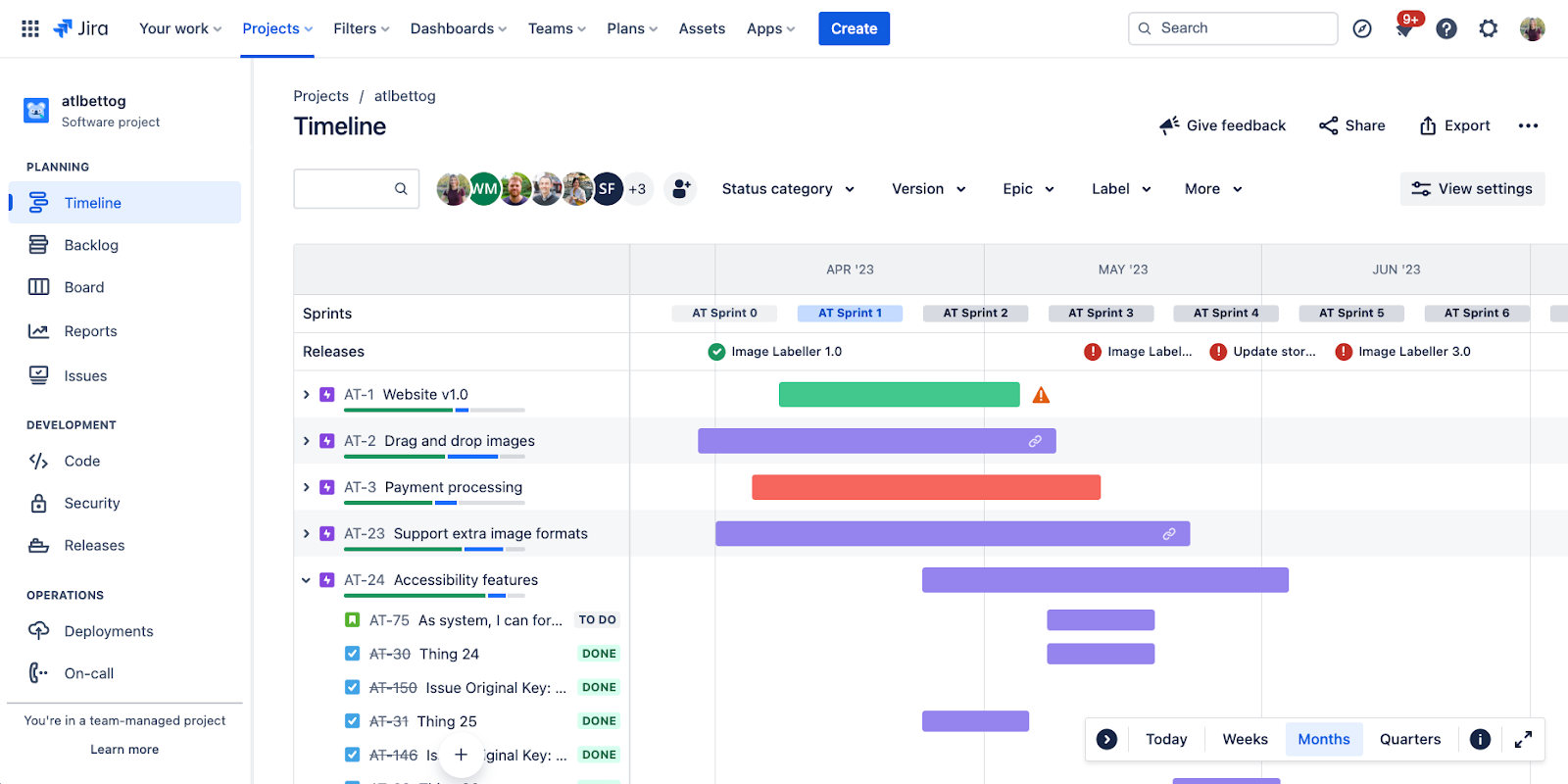
An agile roadmap template helps visualize project goals by providing a clear, high-level overview of the project's strategic direction, milestones, and planned releases. It enhances communication, aligns stakeholders, and supports effective planning and execution in dynamic project environments.
Best for product planning: Product breakdown structure template
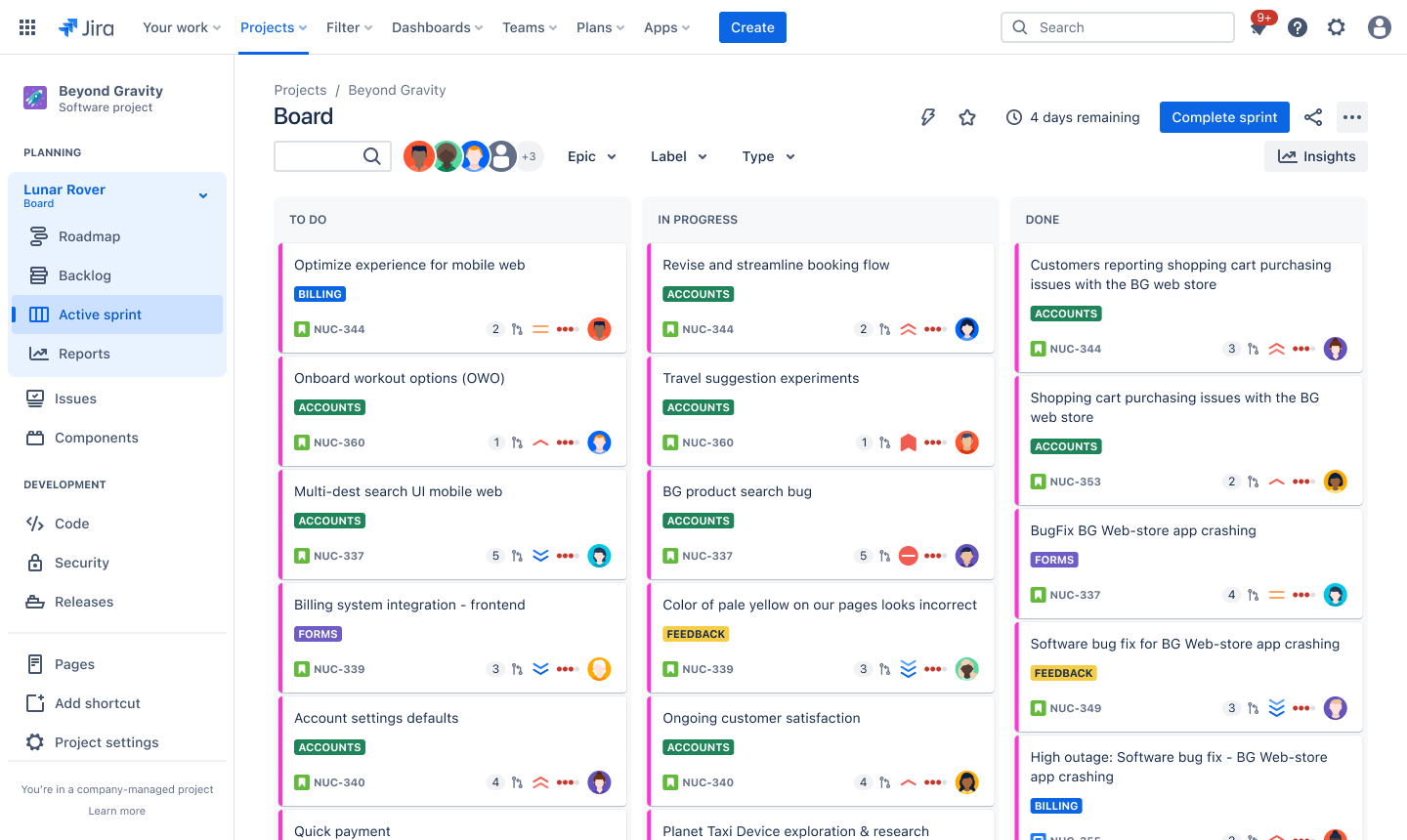
A product breakdown structure template provides a structured and visual approach to breaking a product into manageable components. It supports detailed planning, resource allocation, and risk management for more efficient product organization.
Best for streamlining processes: Workflow template
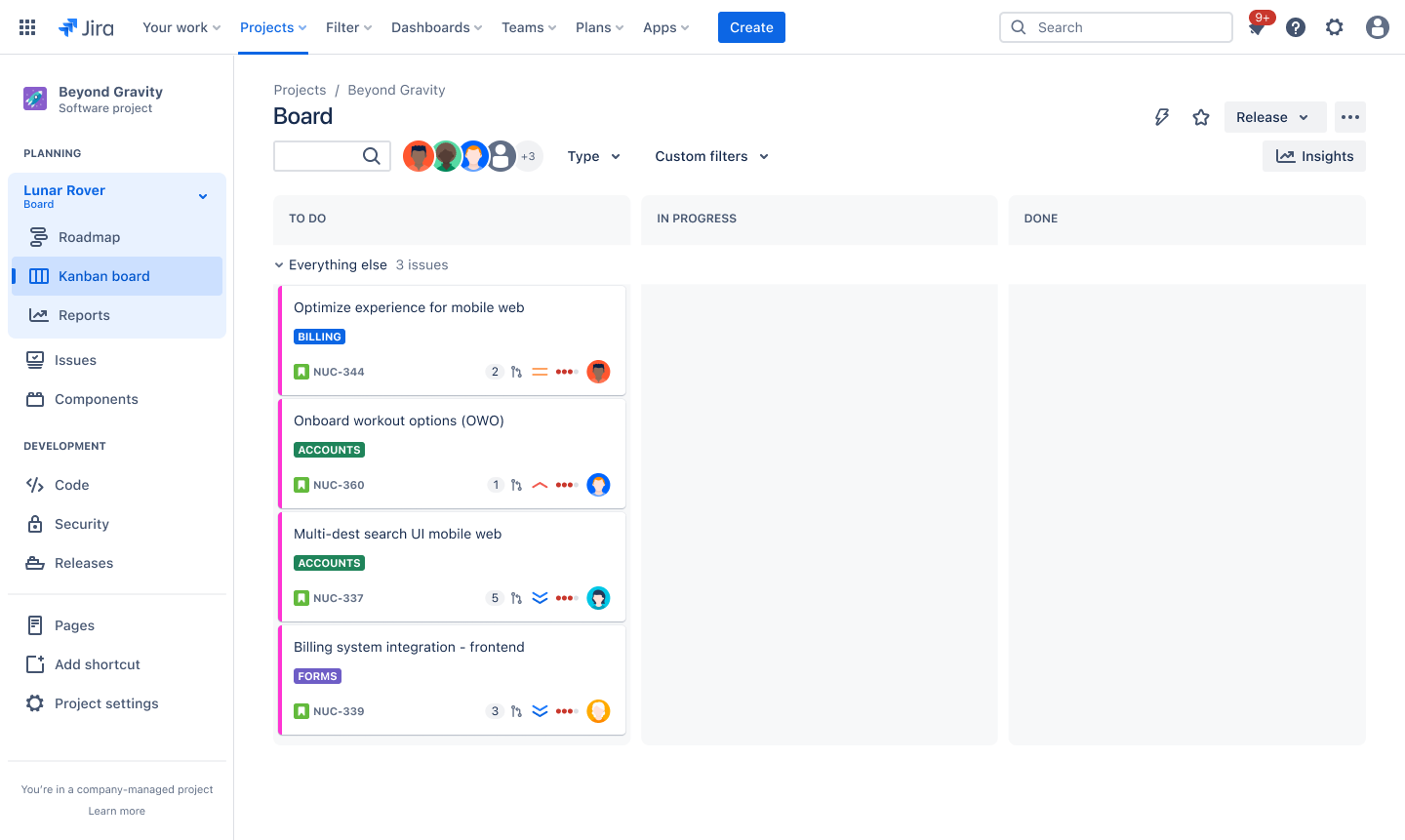
A workflow template contributes to streamlined processes by providing a visual, standardized, and comprehensive representation of the steps, tasks, and roles involved in a business process. It supports clarity, efficiency, and continuous improvement, contributing to workflow optimization.
Best for sprint management: Sprint backlog template
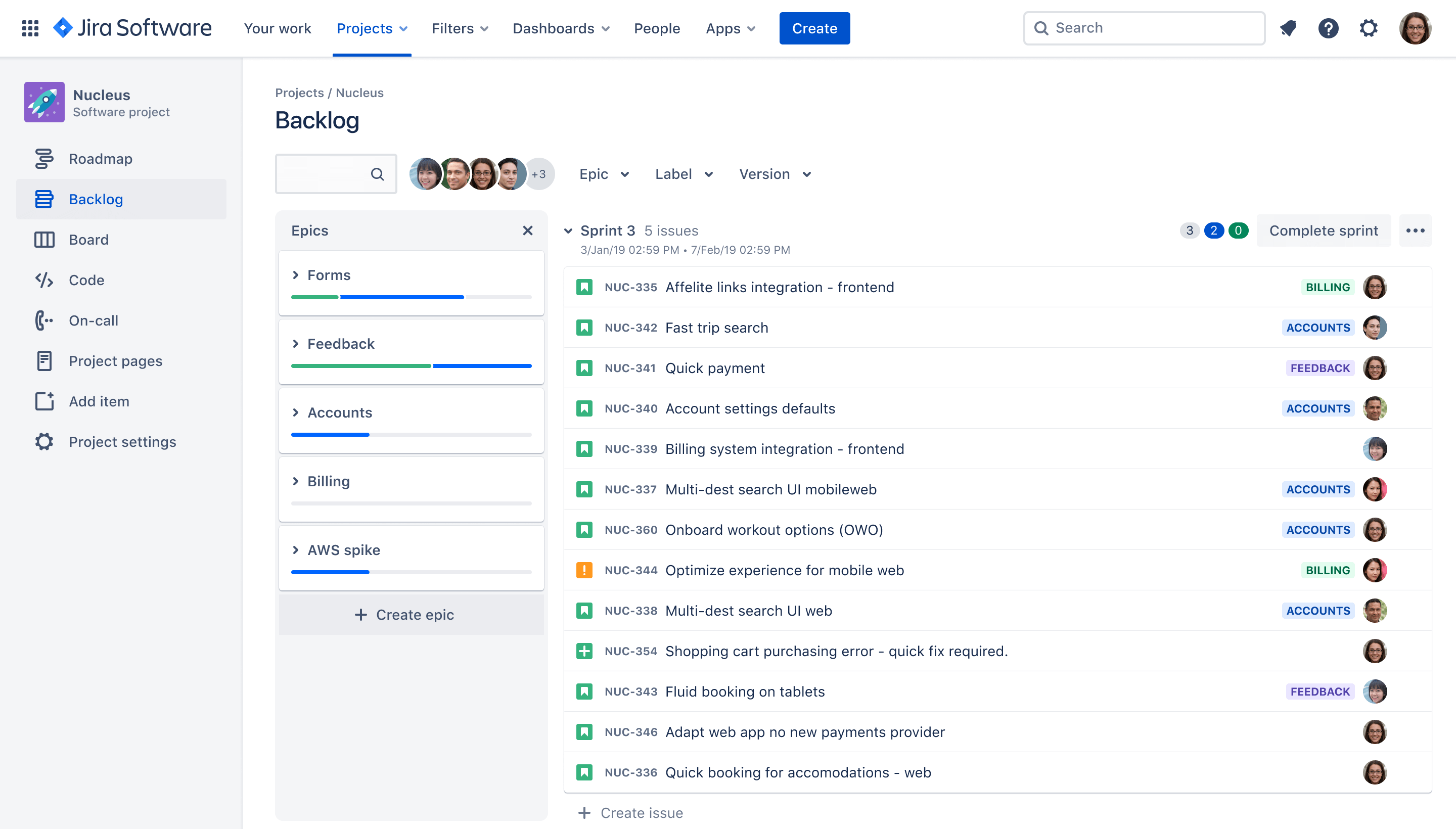
A sprint backlog template helps plan and manage tasks during a sprint. It helps teams organize, prioritize, and track the progress of work items.
Use agile templates in Jira Software
Various templates may suit each unique project management need. No matter what your needs are, there's a Jira template that can enhance your project management efficiency.
Choose from dozens of Jira Software's pre-made agile templates to start your project quickly. Jira templates can streamline processes, configure workflows, save time, and add consistency across projects to improve the effectiveness of your project management.
Use Jira Software’s issues feature to break down large bodies of work into smaller, more manageable pieces. As these issues move through your workflow, you can move them across your board to visualize your team’s progress. In addition, you can create Confluence pages directly from Jira Software to stay organized and keep track of all project information in a repository.
Get Jira Software Free
Agile templates: Frequently asked questions
Are there best practices for using agile templates?
Following best practices when using agile templates ensures effective collaboration, communication, and project management. This includes understanding agile principles, tailoring templates to your team, and keeping it simple. The key to effectively using an agile template is remaining flexible and continuously improving based on feedback and changing project dynamics.
How do agile templates support continuous improvement?
Agile templates support continuous improvement by providing a structured way to capture feedback from various team members and stakeholders. Dedicated retrospective meetings can assess what went well, what went wrong, and areas for improvement. They also provide metrics and KPIs related to the project to provide insights into performance.
Can a team customize agile templates for different projects?
You can customize each template based on the specific requirements, workflows, team dynamics, development methodologies, tools, software, or other unique aspects of the project. This enhances the likelihood of achieving project success.